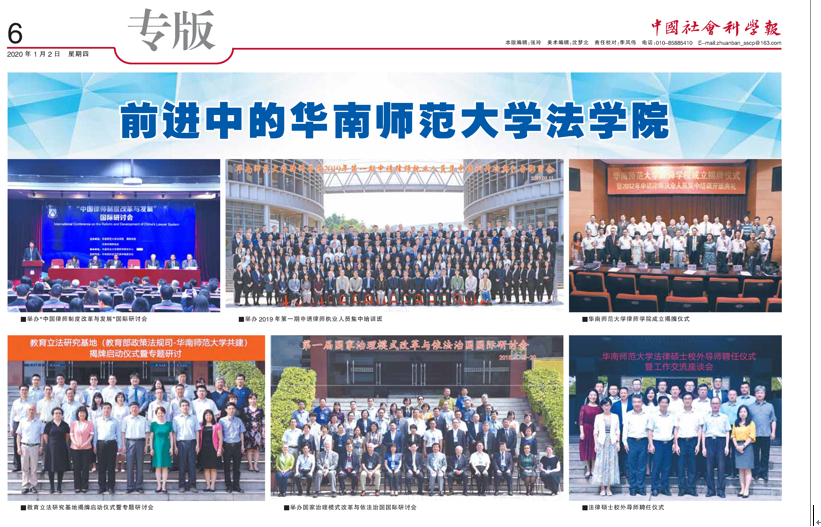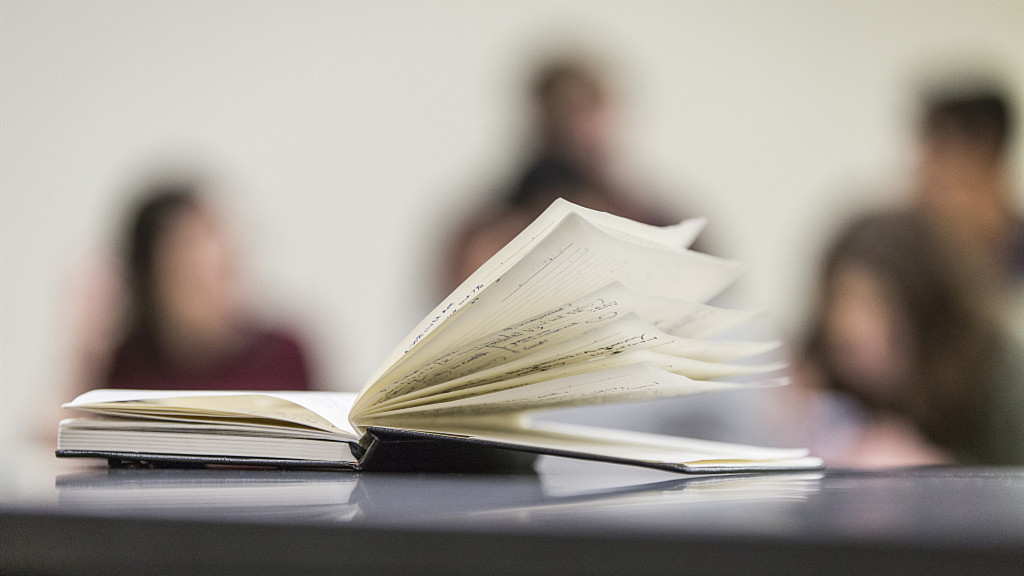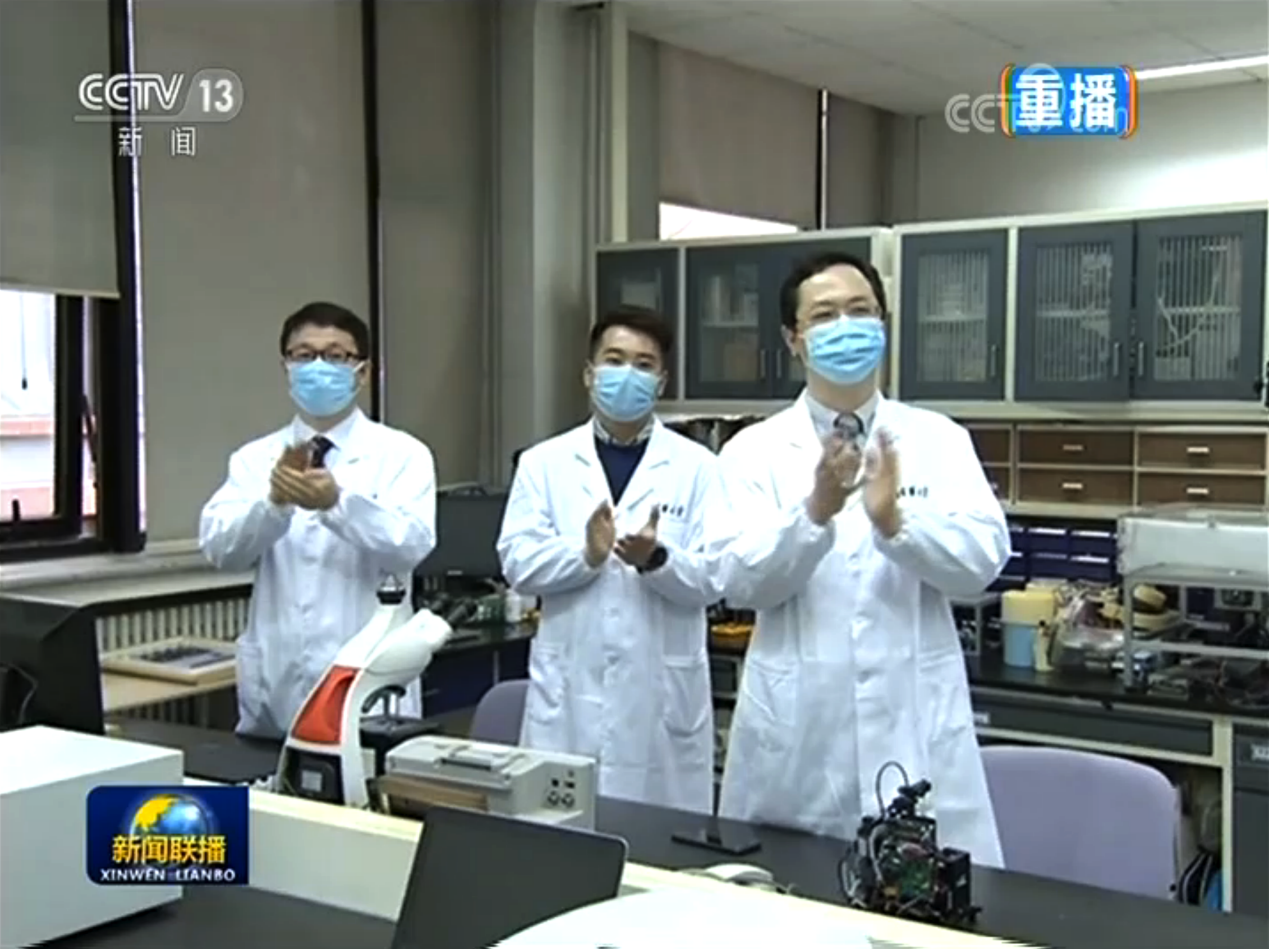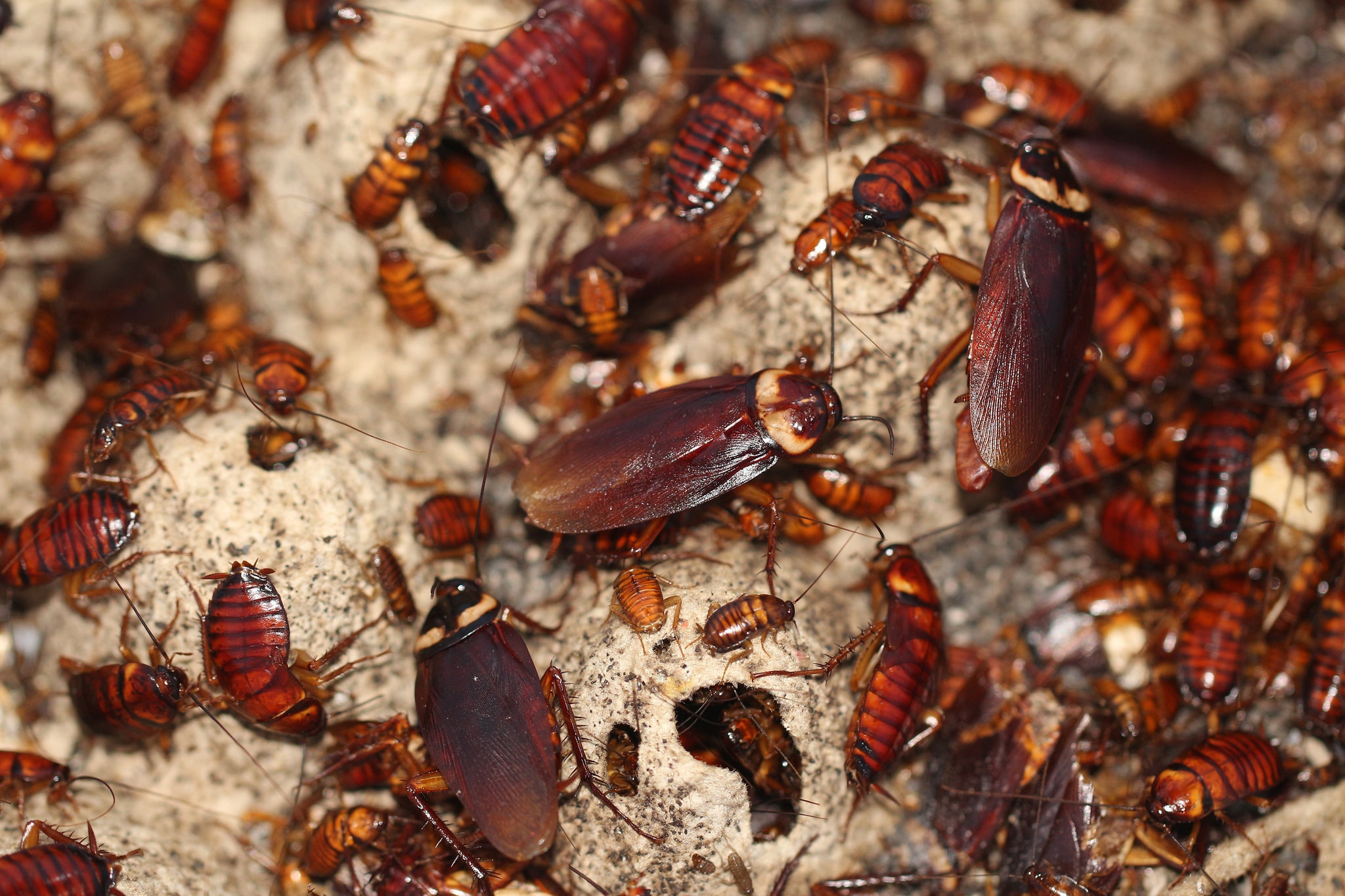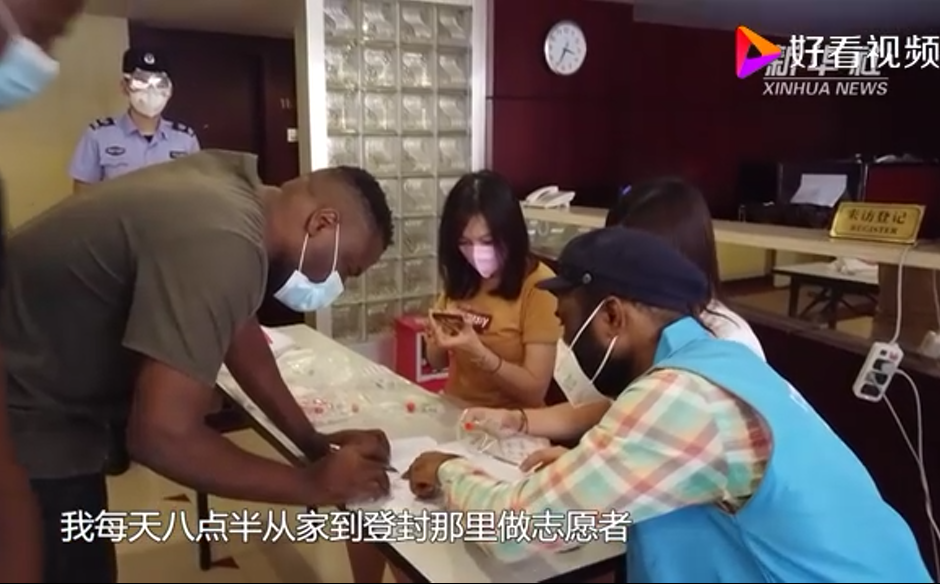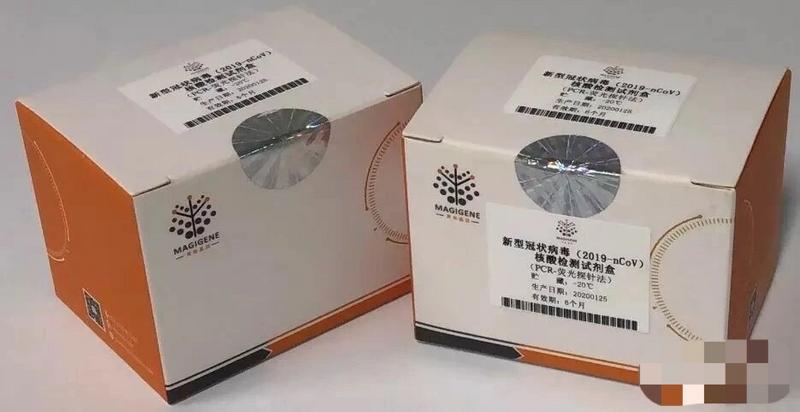
Likes
The nucleic acid detection kit ( based on Q-PCR) for the novel coronavirus developed by professor Shu Wensheng, of the School of Life Sciences of SCNU, in cooperation with a team of Magi Gene, has gotten ahead these days.

First innovative detection system for COVID-19
Since January 21, after the genetic sequence of the epidemic was published, Shu and his team worked tirelessly to develop a testing kit for disease control.
Built on the team's previous line of technologies and stocked products, professor Shu and his team developed the world's first innovative detection system for the novel coronavirus.
The integrated detective system is based on rapid detection reagents, a detection kit, instruments and fluorescent quantitative detection of viruses in the Internet of Things.
"With the device, plus the kit, the system can be used at anytime and anywhere. It can be operated by everyone." Shu said the system, both small and portable, is simple and easy to use. Test samples are added manually, and then, with one click, it starts the whole of process automatic detection and a possible infection can be immediately identified.
"Taking SCNU as an example, students can take samples and test in the form of throat swabs in dormitory buildings, dining halls or campus hospitals. The whole process only takes 40 minutes and the cost of the test is just a few dozen yuan."
The system can be installed in various public places with large demand, and the testing service can be deployed in communities and villages, so as to solve the difficulties covering at the grass-roots level of the testing system.
The data collected by Q-PCR instrument, a supporting device, is timely uploaded to the server through internet to check the test results freely. The independently developed chip of the Internet of Things is timely for accurate monitoring and data management.
Due to the independent development and production of the instrument, the price of this innovative equipment is equivalent to one fifth of the laboratory one. Based on the self-developed APP, multi-port push of test results is realized, which can be easily used by people.
By establishing a multilevel supervision system of provinces, cities, counties and towns, the system can realize real-time supervision of detection results and automatic reporting of data, and give full play to the role of big data in disease prevention and control.
Help in screening of suspected cases
For COVID-19 preclinical and mild cases, the classical sequencing method (of macrotranscriptome sequencing) may have false-negative results, especially for low titer virus samples from the upper respiratory tract.
It’s said that, the more complete genome information can better help to analysis the data in the identification and detection of a new virus. Sequencing of upper respiratory tract samples in the classical way is difficult because of the very low content of viral nucleic acid, resulting in a low proportion of the sequencing results covering the genome and even the nondetection of the target virus sequence.
Based on the experience in viral genome sequencing, through special processing of the nucleic acid sample and specific enriching of the sequences, professor Shu and his team finally compiled a database for sequencing.
Within seven days, they rapidly developed an optimized technical scheme for high-throughput sequencing of the coronavirus. This optimization significantly increased the proportion of the virus sequences in the sequencing results. It can even reach more than 50%, ideally available over 90% of genome integrity. Sampling of the same genome coverage has been greatly promoted.
This enhanced NGS technique for novel coronavirus samples with low titer is not only helpful for the screening of suspected cases, but also of great value for the study of the origin, variation and evolution of novel coronavirus samples. At present, several scientific research institutions, local CDC and hospitals are working with the team to use the technology to carry out pathogen detection, traceability and mutation research.
Source from Guangzhou Daily
Translated by Jiang Xiaohua
Proofread by Edwin Baak
Reviewed by Li Jianru
What to read next:

